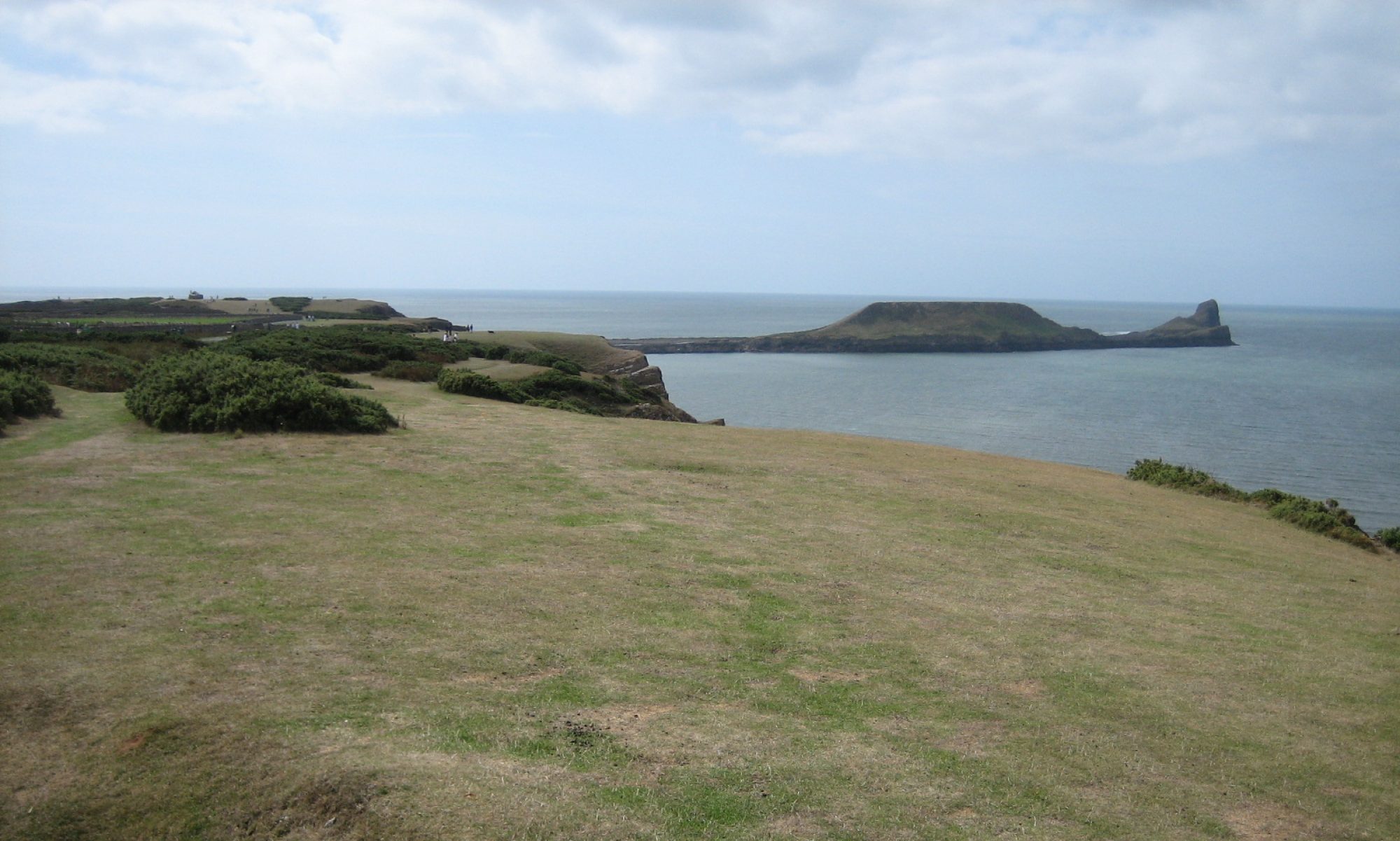I am grateful to Adrian Colyer who has just annnounced the imminent arrival of some flash demos of AspectJ in aAction and also the online availability of presentations (and interviews) made by himself and Rod Johnson at a recent meeting (AOP2004) of the BeJUG (Belgian Java User Group).
Java Links Galore
I am grateful to the author of the “You are number 6″ blog for pointing out two great sources of information on All Things Java Related. In future I’ll be asking Fred and Eric about a lot of things! Definately a couple of links for my course pages.
XEmacs and LaTeX tricks
Found a couple of useful sites which I’ll use to get LaTeX working with XEmacs. Using XEmacs to edit LaTeX files and Sridhar Lavu – LaTeX on Windows.
More Google Serendipity
Came across this survey of Screen Presentation Tools by Michael Wiedmann whilest looking for ways to do lecture slides/notes in LaTeX. I was directed to that page by blog entry LaTeX beamer on the but she’s a girl… blog by way of a Google Search for LaTeX beamer. This was after finding a reference to the LaTeX beamer package (a similar package to Prosper) in New Beamer from Kai von Fietel’s Geek Notes2. I found Kai’s quote by Googling LaTeX+slides+handouts+notes.
Another result of the LaTeX beamer search was the google directory page Computers>Software>Typesetting>TeX>LaTeX>Macros> which has links to other useful tools.
Together Community Edition
I liked Together for Java. Before it was bought by Borland, Together was available to academic institutions for free. I used it in my teaching. It had some of the best looking diagrams, could round-trip Java code, and auto-create sequence diagrams. All great stuff when you’re in the business of teaching Modeling and Java to beginning programmers. When Borland bought Together, the free academic licensing deals dissappeared also. Last year I had to rewrite my UML tutorials for Rational Rose (available for free for academic use from IBM) which is far less friendly. In fact most of my students preferred Poseidon Community Edition! Now Borland have released a Community Edition of Together (announced in a news article on the theServerSide.com. I’m downloading it (60 MBytes) now to give it a test drive. It has the usual licensing requirements as JBuilder and Delphi, so it’s a bit awkward for student use (they need an Internet connection to install it), but even if the code syncronization is gone, the diagrams should still be useful.
In the follow-ups to the TSS announcement, violet (already blogged here) was mentioned as were JUDE and OpenSource reverse engineering tool ESS-Model were also mentioned. Both of these will be well worth a look I think, but UMLet (blogged here) still has a lot of appeal for student use (if only it did sequence diagrams!).
Series on alternative languages that run on the Java Runtime Environment
Second article in new IBM developerWorks series alt.lang.jre is an introduction to the Groovy language by Andrew Glover entitled Feeling Groovy. The first article in the series is Get to Know Jython by Barry A. Feigenbaum and is also worth a read.
Groovy has a possible advantage over Jython in that it has become the subject of a Java Community Process (JCP) project (JSR 241) and so may become a “standard” for scripting Java objects. It is more Java-flavoured than Jython yet provides some familiar features. It might be worth considering for EG-358 because it could be introduced without needing the context shift that J/Python requires.
JavaOne Presentations online
Thanks to dIon Gillard for this link. Having nothing much better to do today I watched J2EE Best Practices using a Real-Life Example a webinar by Carol McDonald. A good seminar showing how to use the Core J2EE Patterns to best affect. Comments on layering, the presentation, business and persistence layers all very good. But like Rod Johnson and Bruce Tate are telling us, a lot of these patterns are actually anti patterns whose purpose is to overcome architectural deficiencies in the J2EE architecture rather than best practice. Still useful material for my revised EG-M42 lectures in November and I’ll be adopting some of the explanations and diagrams I think.

